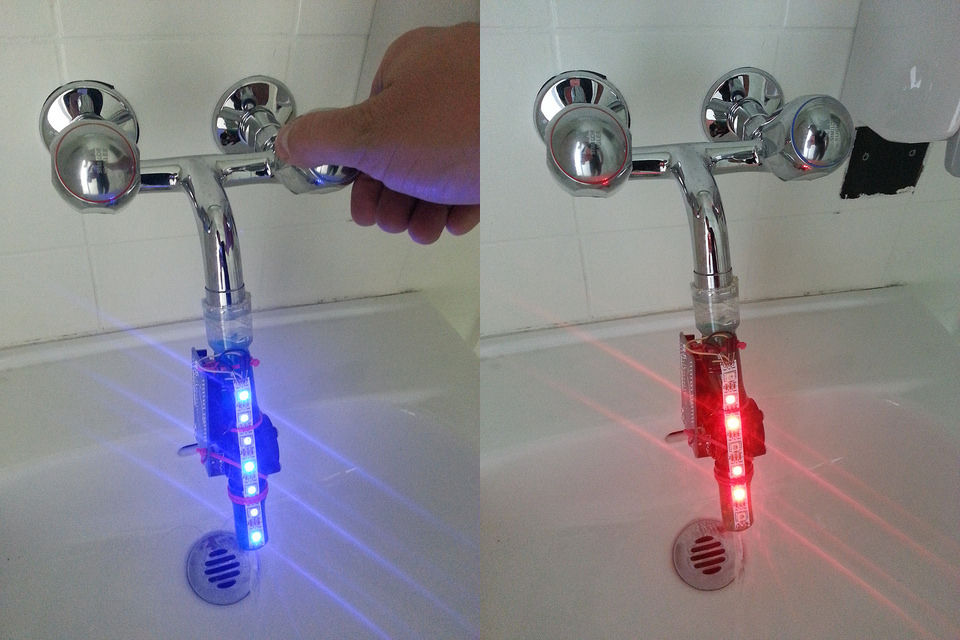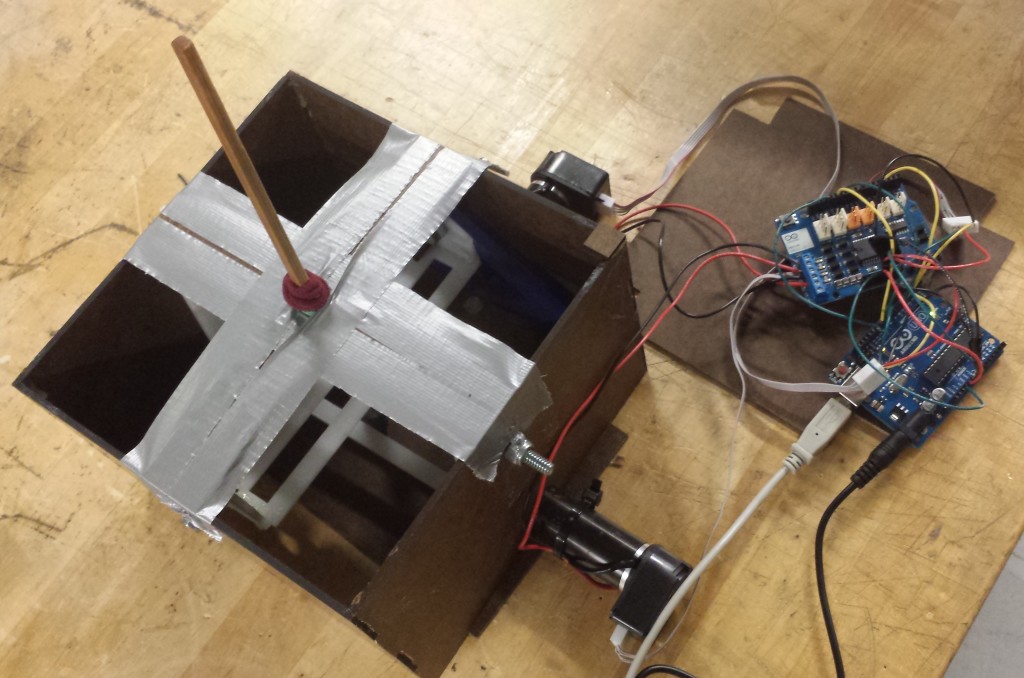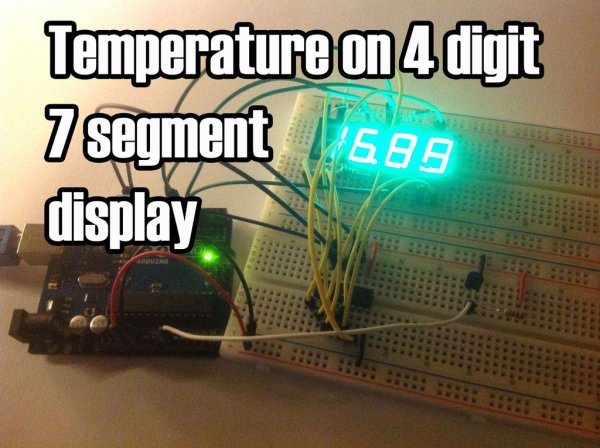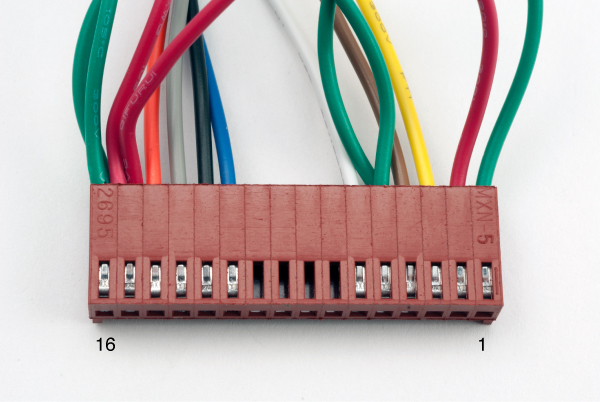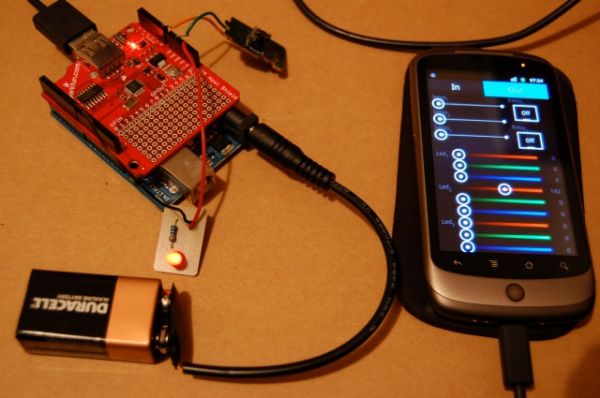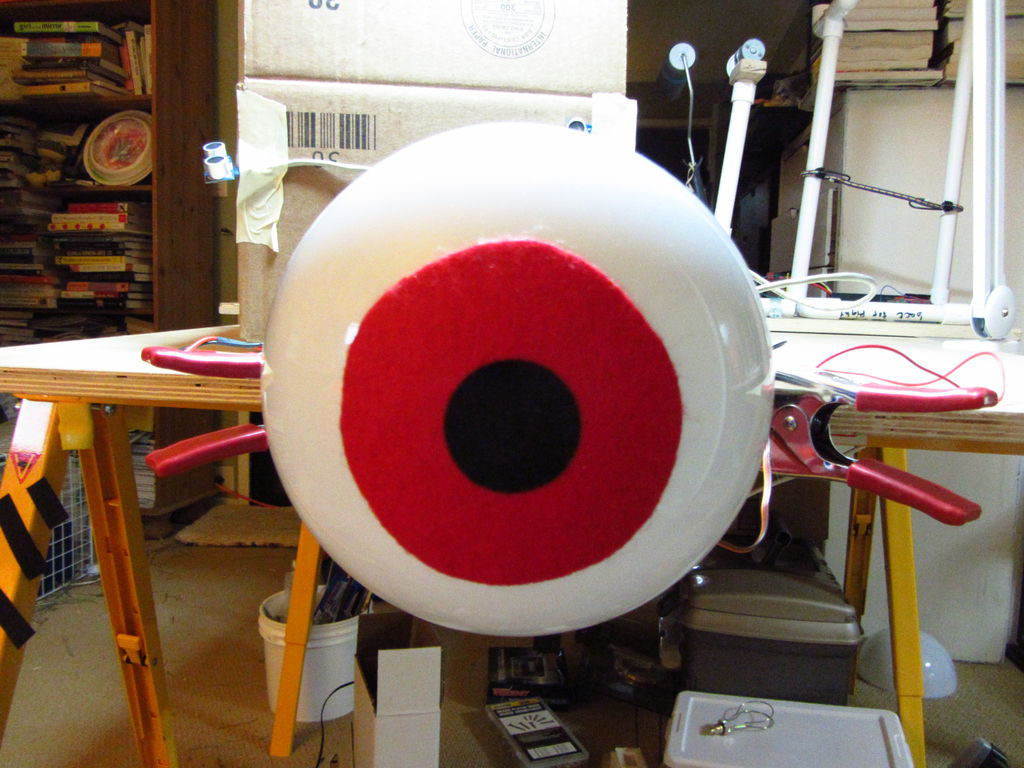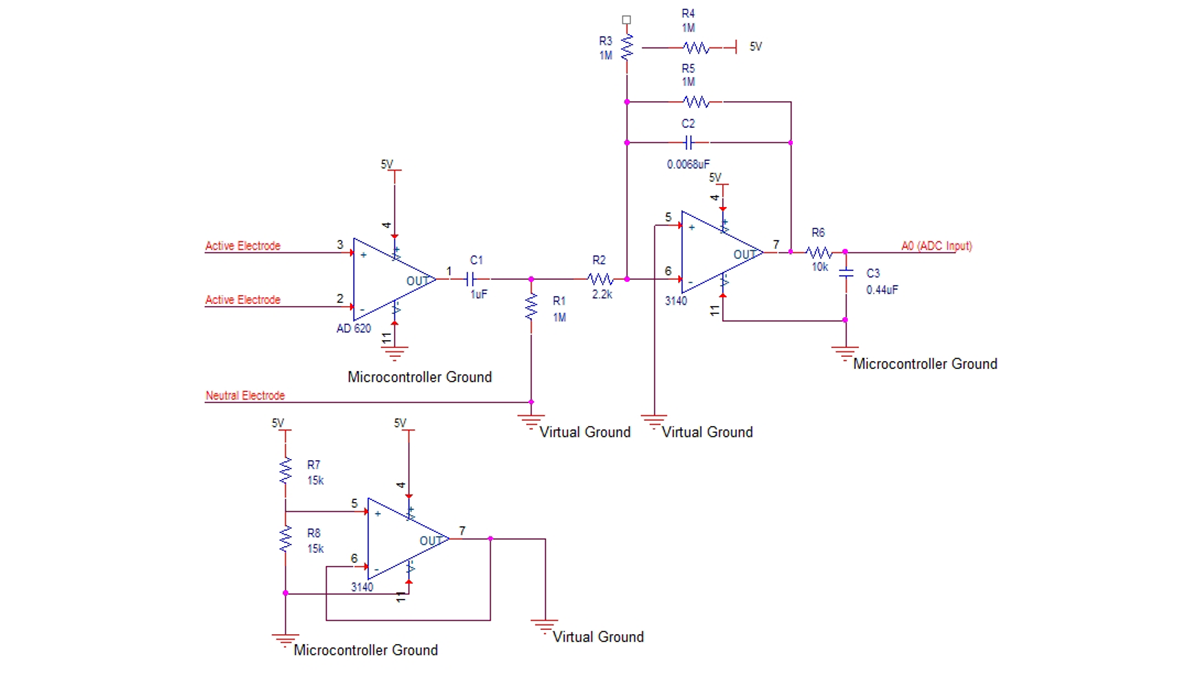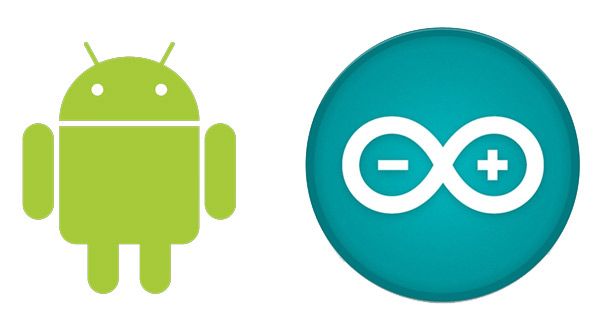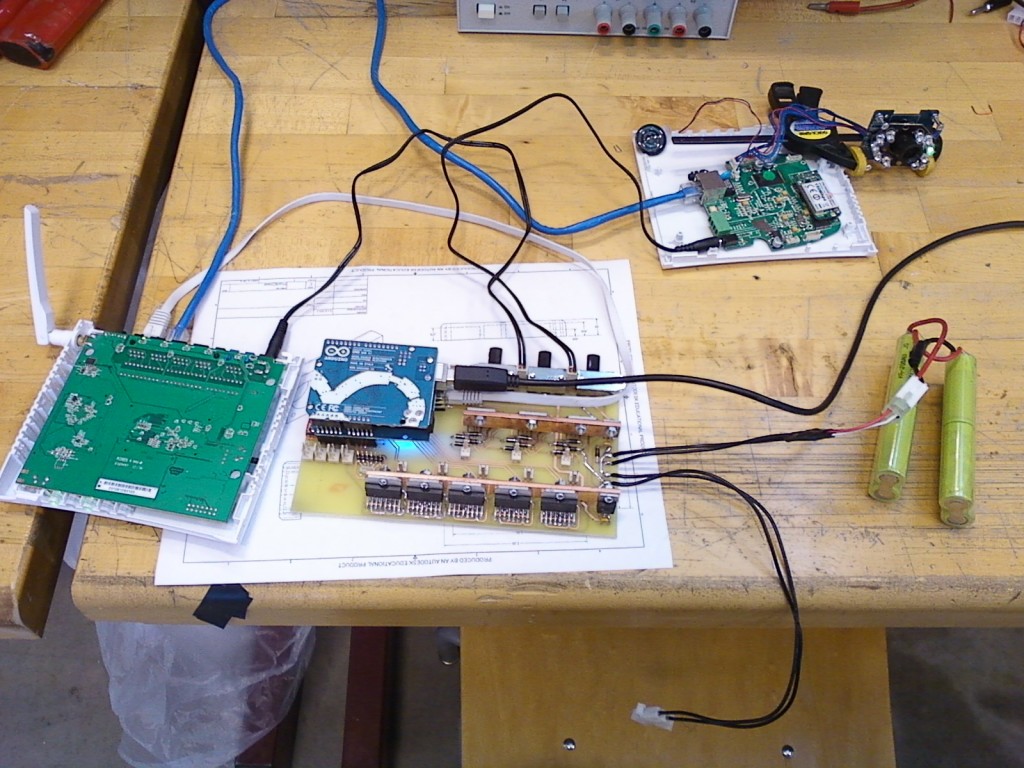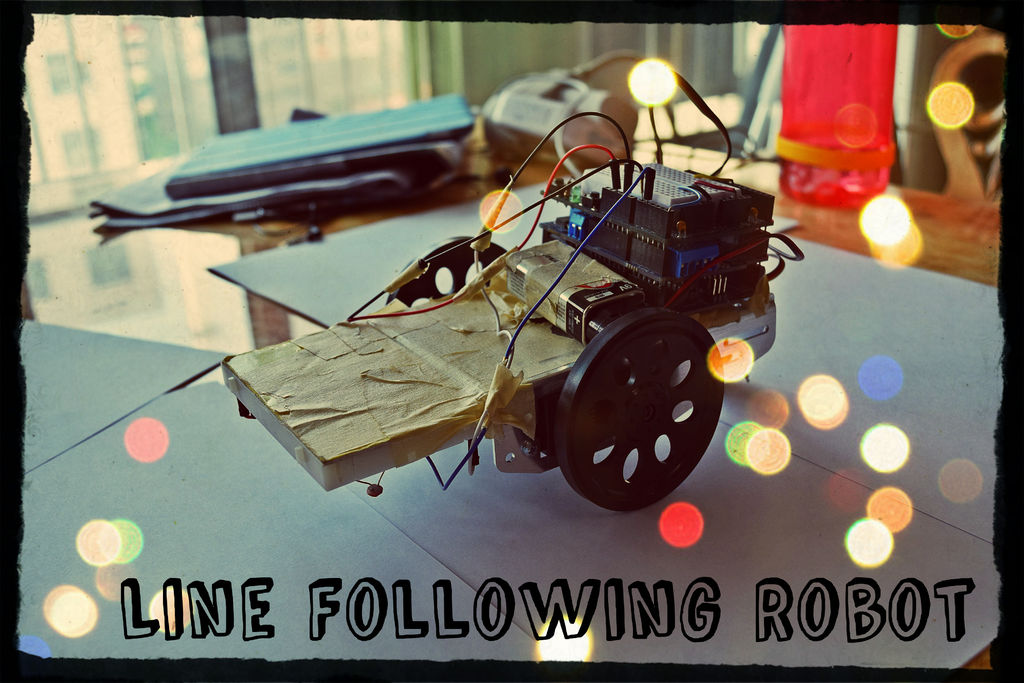Augmented Water using arduino
The Augmented Water device helps you save water by turning red after one Liter. The device, built by @tamberg during a water hackathon, is made from an Arduino, a flow sensor and coloured LED pixels. Video https://www.flickr.com/photos/tamberg/14346321456/ (thanks kiilo) In case you want to build your own, read on… Material Arduino, e.g. http://www.adafruit.com/products/50 Ca. 7 […]

